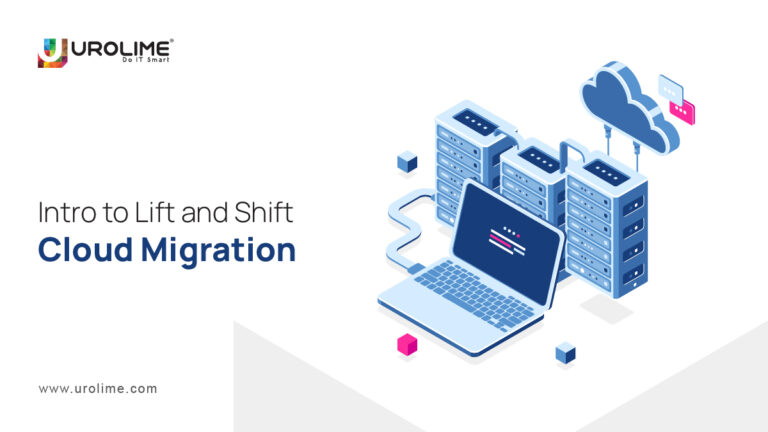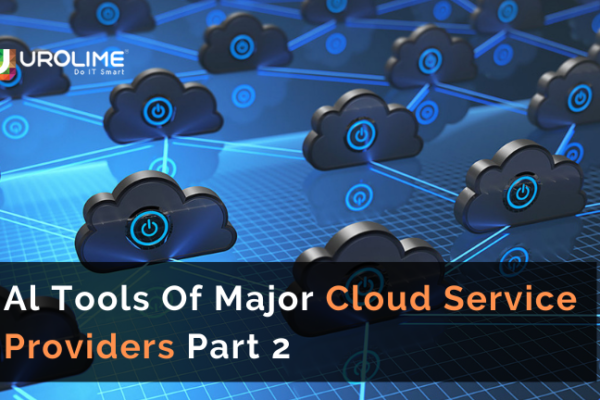Lift-and-shift migration involves the relocation of existing data and applications from an on-site setup to a cloud-based environment without significant alterations. This method prioritizes quick migration with minimal disruption, making it beneficial when a complete overhaul for cloud-native operation isn’t feasible. Cloud consulting companies play a crucial role in facilitating this process.
In the lift-and-shift approach, applications are typically not extensively modified for cloud-native operation, except in rare cases where specific changes are necessary. This sets it apart from other methods like refactoring and replatforming, where more substantial code or architectural alterations are required for a successful transition to the cloud. Consulting with cloud experts can provide valuable insights into these distinctions.
Advantages of Lift-and-Shift Migration
- Swift and Cost-Effective Migration:
Lift and shift offer a rapid and cost-effective way to migrate applications without requiring a large team. This allows on-site applications to remain operational during migration, ensuring minimal disruption to users. - Potential Performance Boost:
Migration presents an opportunity to run applications on more efficient hardware, avoiding significant upfront investments. - Increased Capacity and Cost Savings:
Consolidating on-site infrastructure reduces costs, while cloud resources can be expanded on a pay-as-you-go basis, covering computing, storage, and network capabilities. - Scalability on Demand:
Lift and shift enable easy expansion of applications without the need for additional physical resources. It eliminates the need to overbuy hardware for peak traffic times. - Flexible Cost Savings:
Some applications can leverage the cloud’s ability to scale resources based on demand, leading to cost savings by using only the necessary resources when needed. - Enhanced Security:
Even older applications can benefit from cloud security features once migrated, including role-based access control, multifactor authentication, and unified hybrid security processes. - Reduced On-Site Data Center Costs:
Moving more applications to the cloud allows for downsizing on-premises infrastructure, efficiently reducing operating and maintenance expenses. - Simple Hybrid Cloud Integration:
Lift and shift provide an uncomplicated way to migrate applications ready for private or public cloud deployment while seamlessly overseeing these platforms as a unified, optimized infrastructure with the right management tools.
While lift and shift offer advantages, it may not be suitable for every application. Applications not fully optimized for the cloud may not achieve promised cost savings and could become more expensive. Additionally, migration costs, including licensing fees and potential legal concerns, should be considered. Seeking advice from cloud migration consulting services is advisable.
Considerations Before Cloud Migration:
- Platform as a Service (PaaS):
PaaS offers the benefit of placing apps on a cloud provider’s infrastructure, using familiar programming languages. However, it has limitations in functionality, potential risks, and the possibility of vendor lock-in. - Transitioning to IaaS Cloud:
IaaS provides access to virtualized computer resources without the need for physical hardware, offering flexibility and security enhancements with a pay-as-you-go model. - Moving to SaaS Cloud:
SaaS allows online access to software and applications, eliminating the need for local installations. It provides flexibility and instant access to the latest software.
Challenges of Lift and Shift:
- Full Native Platform Benefits Missing:
Not all advantages of a fully optimized native platform are available immediately when moving to the cloud. - Specific Business Applications:
Applications designed for specific business needs may pose challenges during migration without prior modifications. - Hasty Implementation:
Lift and shift migrations without a well-thought-out plan can lead to technical issues, emphasizing the importance of strategic implementation.
Conclusion:
In conclusion, lift-and-shift migration offers a rapid and cost-effective path to the cloud, but its suitability depends on the specific needs and optimization level of the applications in question. Proper planning and consideration of the unique characteristics of each application are crucial for a successful migration process. Cloud consulting services play a pivotal role in navigating the complexities and ensuring a smooth transition to the cloud.
![]()






